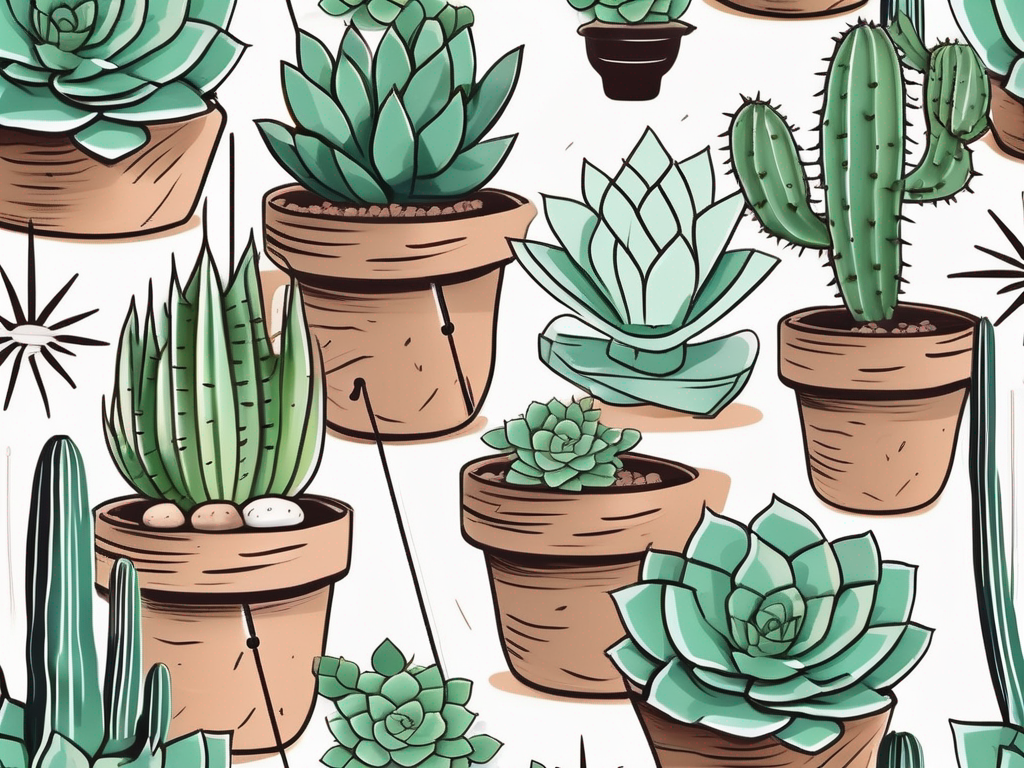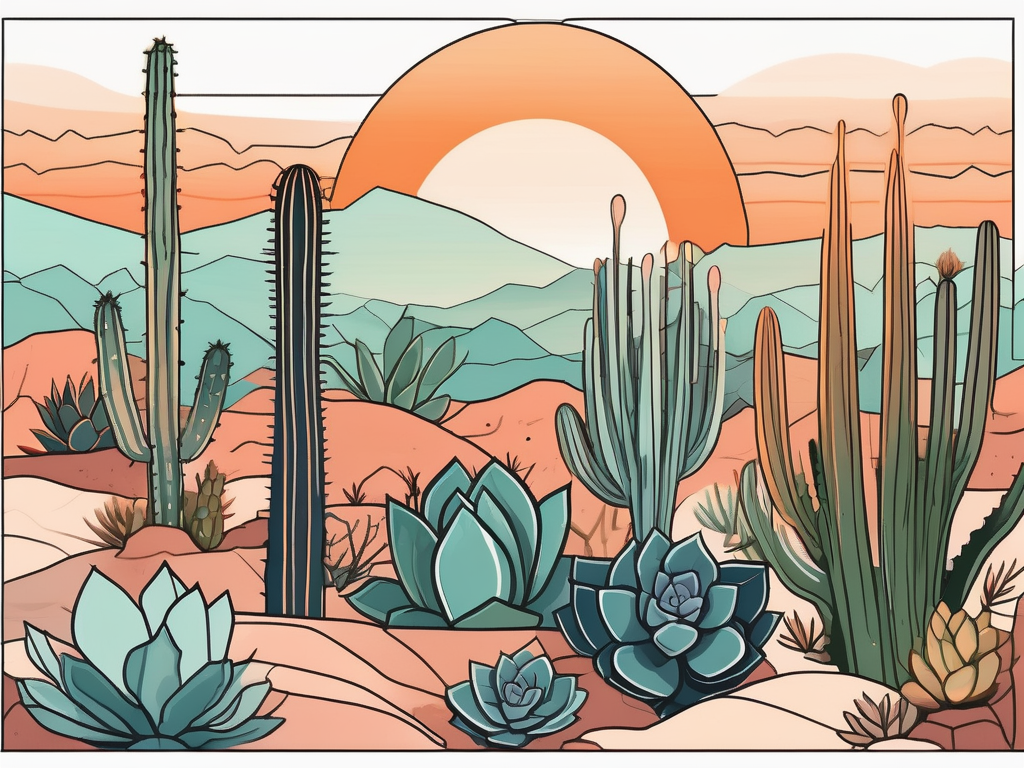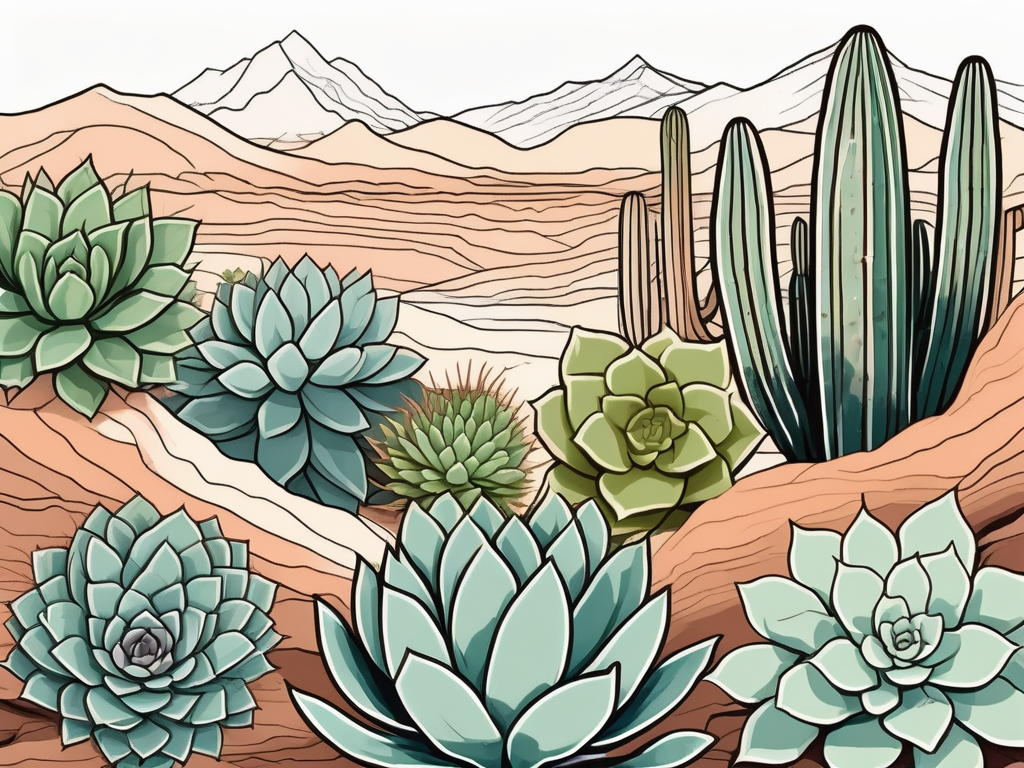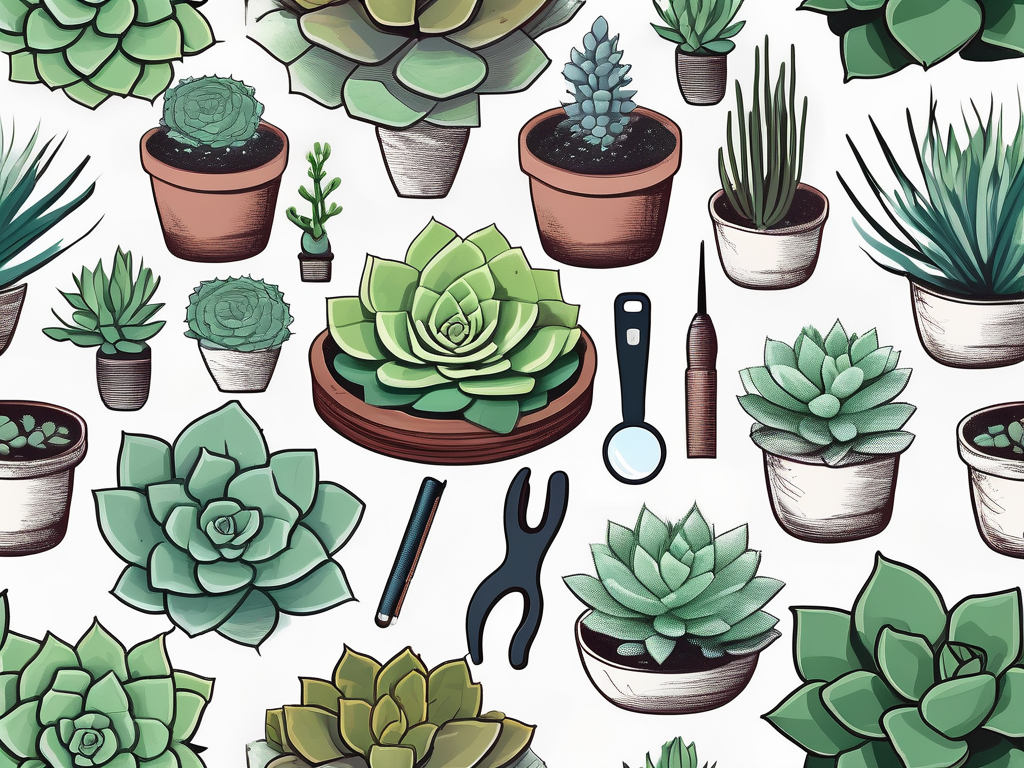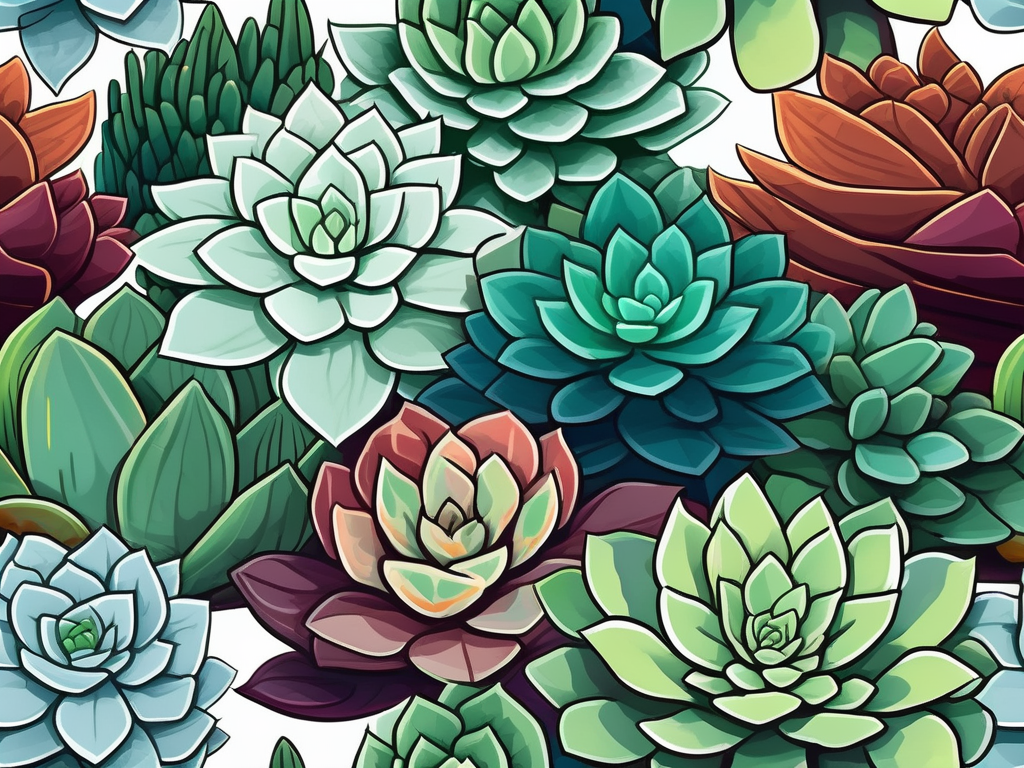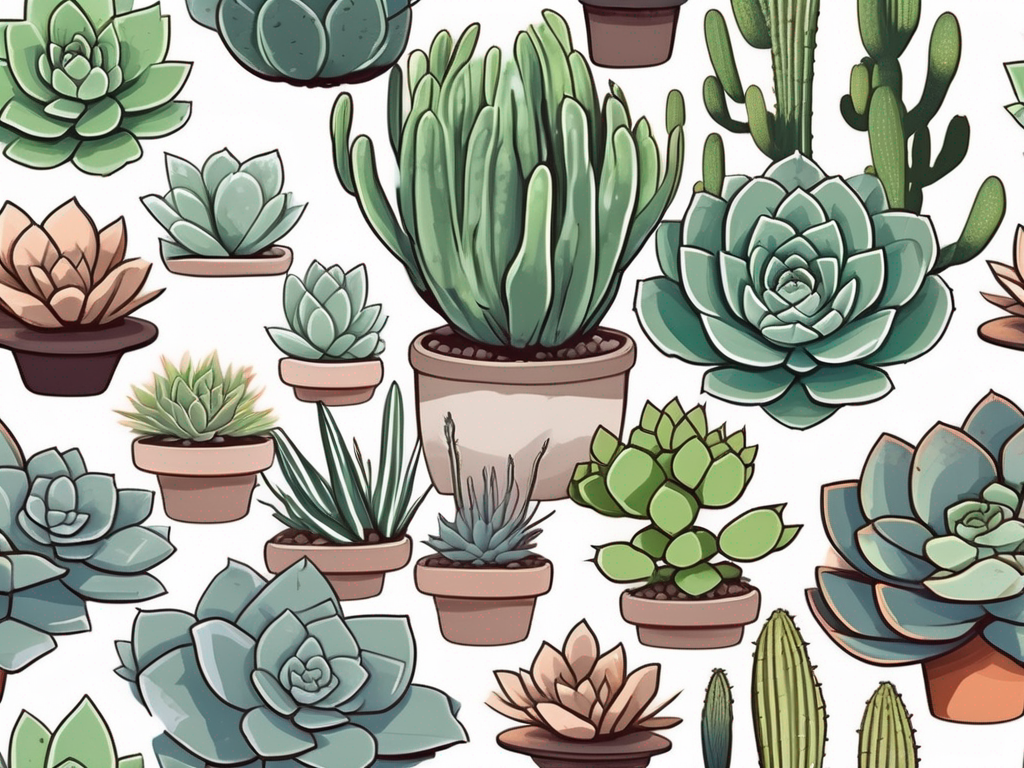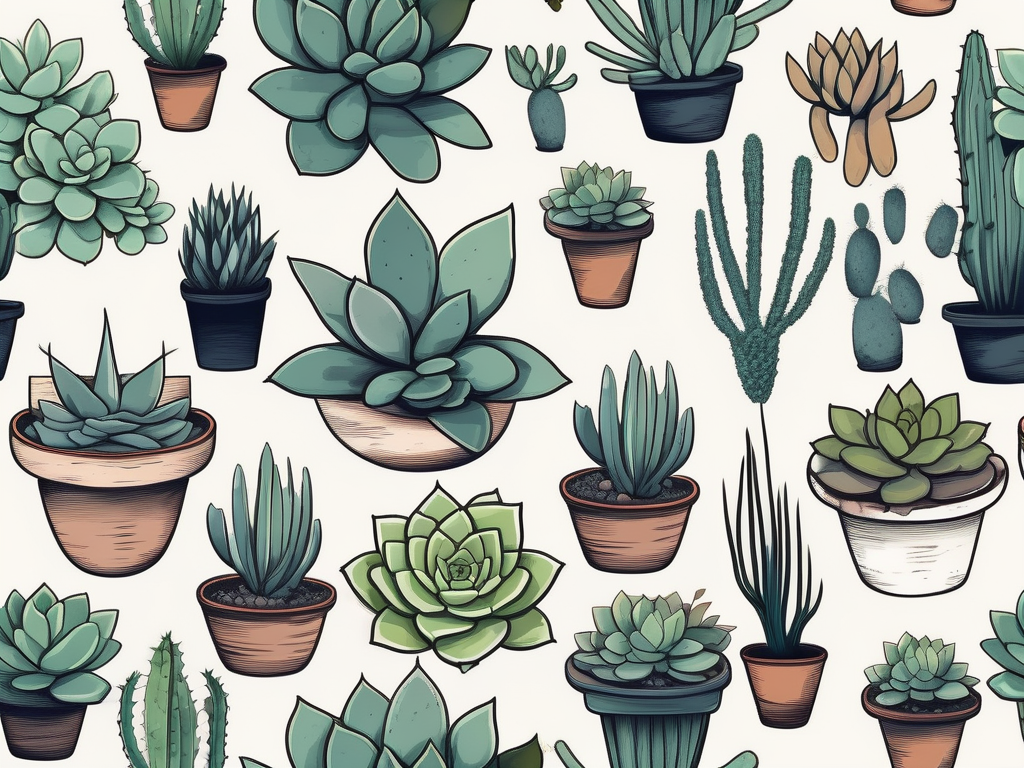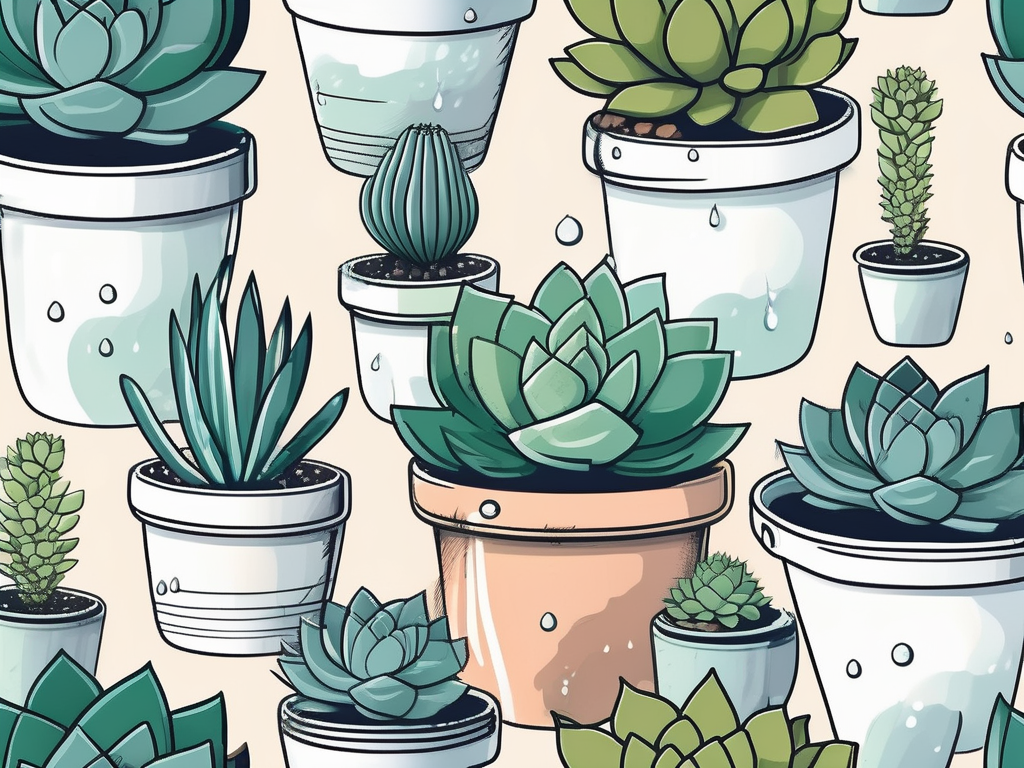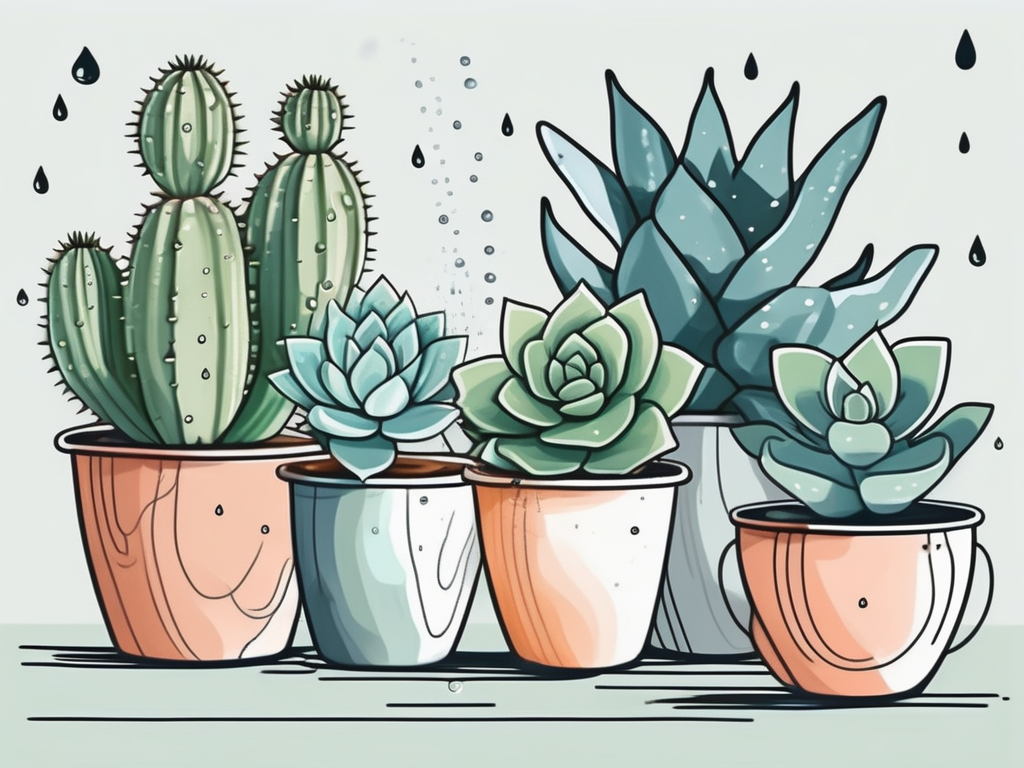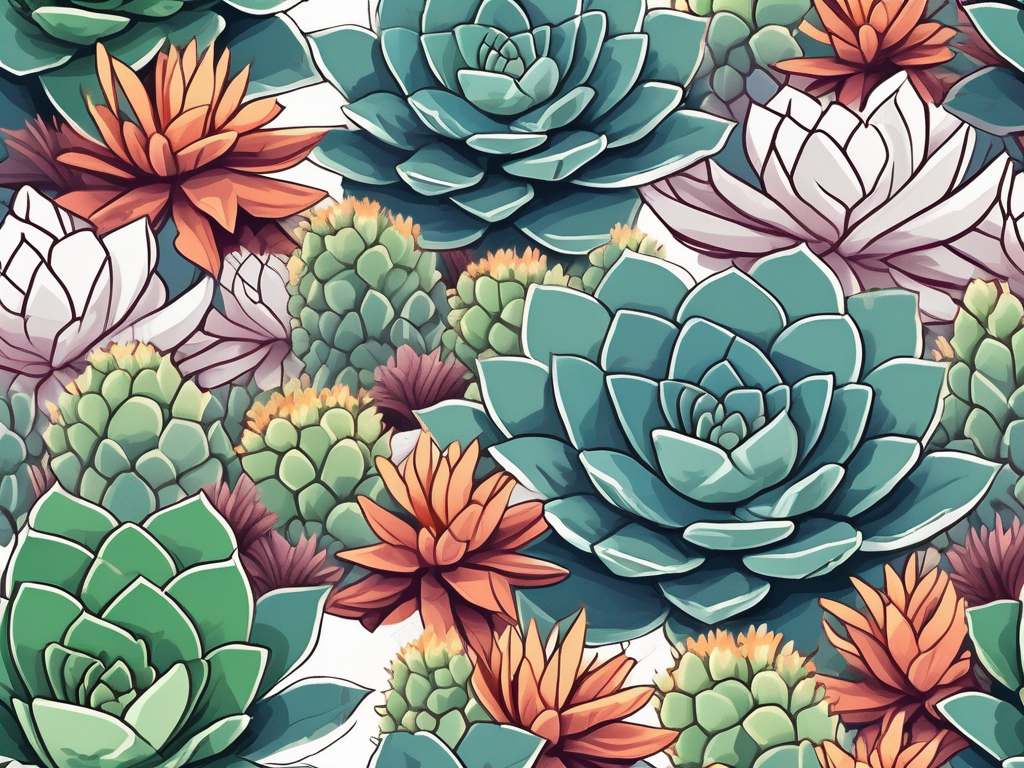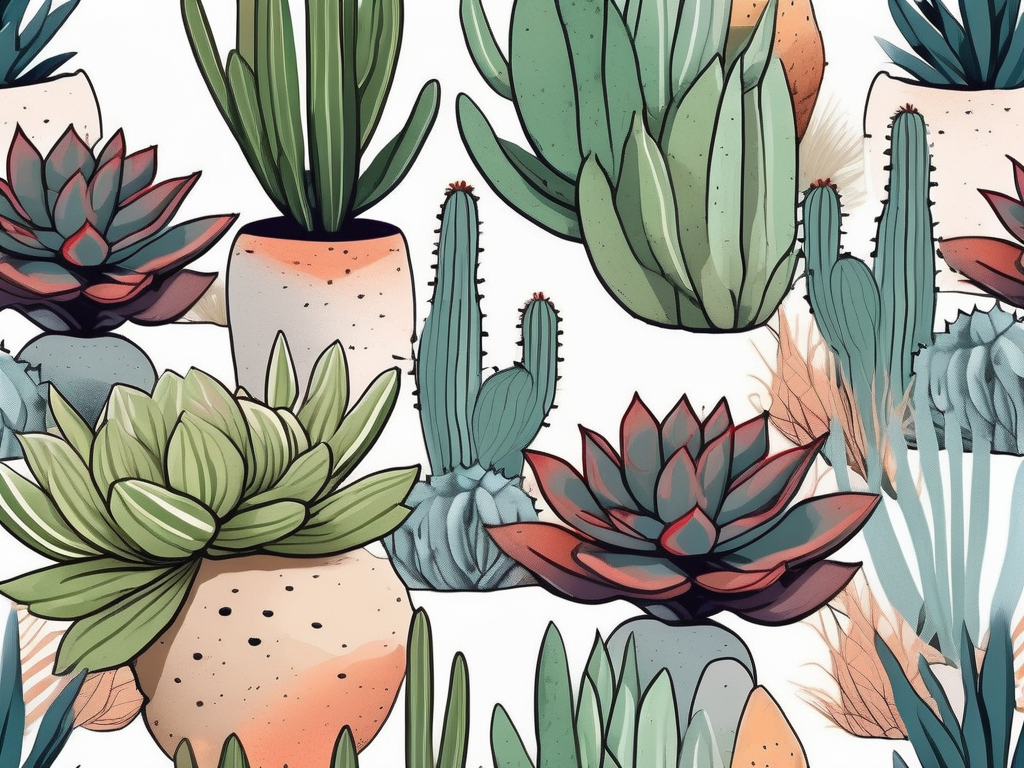
Succulent plants have gained immense popularity over the years, captivating plant lovers with their unique shapes, vibrant colors, and easygoing nature. But what exactly makes a plant a succulent? If you've ever wondered about these fascinating plants, you're in the right place!
In this article, we'll cover everything you need to know about succulent plants, from their characteristics and types to care tips and design ideas. Whether you're a seasoned plant parent or just starting your green journey, you'll find plenty of insights to grow your succulent knowledge.
What Defines a Succulent?
At the heart of the succulent's charm is its ability to store water. Succulents are a diverse group of plants that have adapted to arid environments by developing thick, fleshy tissues capable of retaining moisture. This adaptation allows them to thrive in conditions where water is scarce, making them a favorite among those who might forget to water their plants regularly.
Succulents come in a wide variety of shapes, sizes, and colors. From the rosette-shaped Echeverias to the towering cacti, their forms are as diverse as the environments they originate from. This diversity also extends to their habitats, with succulents found in deserts, jungles, and even coastal cliffs.
Some common characteristics of succulents include:
- Thick, fleshy leaves or stems that store water.
- A waxy or powdery coating on the leaves, which helps reduce water loss.
- Compact growth forms, which minimize surface area and water loss.
Interestingly, while all cacti are succulents, not all succulents are cacti. The presence of areoles—small, cushion-like structures from which spines, branches, or flowers grow—distinguishes cacti from other succulents.
Types of Succulent Plants
With thousands of species spread across various plant families, succulents offer a plethora of options for plant enthusiasts. Here are some popular types you might encounter:
Aloe
Aloe plants are well-known for their medicinal properties, particularly Aloe vera, which is used for its soothing gel. Aloes typically have thick, spiky leaves and can range from small, compact varieties to large, tree-like specimens.
Echeveria
Echeverias are beloved for their rose-like appearance and come in a spectrum of colors, from blues and purples to pinks and greens. They are often used in arrangements due to their symmetry and striking hues.
Jade Plant (Crassula)
The jade plant is a popular choice for indoor gardens, known for its thick, oval leaves and tree-like structure. It's often associated with good luck and prosperity, making it a favorite gift plant.
Agave
Agaves are robust succulents with sharp, spiky leaves. While they can grow quite large, there are smaller varieties suitable for indoor cultivation. Agave is also the plant from which tequila is derived!
Haworthia
Haworthias are small, rosette-forming succulents that thrive indoors. They are typically green with white stripes or spots, adding a touch of elegance to any space.
These are just a few examples, and with such a wide range of species, there's a succulent out there for every taste and environment.
Choosing the Right Succulent for Your Space
When selecting a succulent, consider your living environment and personal preferences. Here are a few factors to keep in mind:
- Light: Most succulents love bright, indirect sunlight. If you have a sunny windowsill, that's a perfect spot. However, some varieties, like Haworthias, can tolerate lower light conditions.
- Temperature: Succulents generally prefer warmer temperatures, but some, like Sempervivum, are cold-hardy and can survive outdoors in cooler climates.
- Size: Think about the space you have available. Larger succulents like certain Agaves might need more room, while smaller species like Lithops are perfect for compact spaces.
- Color and Form: Choose succulents that complement your interior design. The wide range of colors and shapes available means you can find something to match any décor.
By considering these factors, you can select the perfect succulent to thrive in your home and match your style.
Potting and Soil Needs
Proper potting and soil are crucial for succulent care. Since succulents are adapted to dry environments, they require well-draining soil to prevent root rot. Here's what you need to know:
Choosing a Pot
Select a pot with drainage holes to ensure excess water can escape. Terracotta pots are a popular choice because they allow the soil to dry out more quickly, mimicking the natural environment of succulents.
Soil Mix
Succulents need a soil mix that drains quickly. You can purchase a commercial cactus or succulent mix, or make your own by combining:
- 2 parts potting soil
- 1 part coarse sand
- 1 part perlite or pumice
This mixture provides the right balance of drainage and nutrients for your succulents.
When potting your succulents, fill the pot with the soil mixture and gently place the plant in the center. Tap the soil down lightly to secure the plant, but avoid packing it too tightly, as this can restrict drainage.
Watering Your Succulents
Watering is the aspect of succulent care that often trips up plant parents. It's crucial to remember that succulents are drought-tolerant and prefer to dry out between waterings. Here's how to keep them happy:
- Water Sparingly: Water your succulents thoroughly, but infrequently. Allow the soil to dry out completely between waterings. Overwatering is the most common cause of succulent demise.
- Use the Soak and Dry Method: This technique involves watering the plant until water drains from the bottom of the pot, then waiting for the soil to dry completely before watering again.
- Adjust Seasonally: Succulents require less water during their dormant period, typically in the winter months. Reduce watering frequency during this time.
By following these watering guidelines, you'll help your succulents thrive and avoid the dreaded root rot.
Dealing with Pests and Diseases
While succulents are generally hardy, they can occasionally fall victim to pests and diseases. Here's how to tackle common issues:
Pests
The most frequent pests you might encounter include mealybugs, aphids, and spider mites. To combat these invaders, consider:
- Manual Removal: Use a cotton swab dipped in rubbing alcohol to remove visible pests.
- Insecticidal Soap: This can be sprayed on the affected plants to help control pest populations.
- Neem Oil: A natural pesticide that can be effective against a wide range of pests.
Diseases
Root rot is a common issue caused by overwatering. If you notice mushy, discolored leaves, it's time to check the roots. Remove the plant from its pot and trim any rotting roots. Repot the plant in fresh, dry soil, and adjust your watering habits accordingly.
By staying vigilant and addressing problems promptly, you can keep your succulents healthy and pest-free.
Styling Your Home with Succulents
Succulents aren't just for plant lovers—they're also a fantastic addition to any home décor. Their unique shapes and colors can complement various design styles, from minimalist to bohemian. Here are some ideas for incorporating succulents into your home:
- Table Centerpieces: Create a stunning centerpiece with an arrangement of different succulents in a shallow dish or tray.
- Vertical Gardens: Use wall-mounted planters or a vertical frame filled with succulents to add greenery to your walls.
- Terrariums: Combine succulents with decorative stones and moss in a glass terrarium for a mini indoor garden.
- Bathroom Beauty: Succulents thrive in humid environments, making them a great choice for bathroom décor.
By experimenting with different arrangements and placements, you can create a beautiful, plant-filled space that suits your style and brings life to your home.
Propagating Succulents
One of the joys of succulent care is propagating new plants from existing ones. It's a simple and rewarding process that allows you to expand your collection or share plants with friends. Here's how to get started:
Leaf Propagation
This method is ideal for succulents like Echeveria and Sedum:
- Gently twist a healthy leaf from the stem, ensuring you take the entire leaf.
- Allow the leaf to dry for a few days until the end calluses over.
- Place the leaf on top of well-draining soil, and mist occasionally until roots form.
- Once the new plant is established, water sparingly and care for it as you would any other succulent.
Stem Cuttings
This technique works well for succulents like Crassula and Aeonium:
- Use a sharp, sterilized knife to cut a healthy stem from the parent plant.
- Allow the cutting to dry for a few days until the end calluses over.
- Plant the cutting in well-draining soil, and water lightly once roots begin to form.
With a little patience and care, you'll soon have a thriving collection of succulents to enjoy or share with others.
Understanding Light and Temperature Needs
Succulents' light and temperature preferences can vary, but most share some common needs. Here's how to ensure your plants get the right conditions:
Light
Most succulents thrive in bright, indirect sunlight. A south-facing window is often ideal, but be mindful of intense afternoon sun, which can scorch leaves. If your succulents start stretching or losing their vibrant color, they might not be getting enough light.
Temperature
Succulents generally prefer temperatures between 60-80°F (15-27°C). While they can withstand brief periods of cold, prolonged exposure to frost can damage or kill them. If you're growing succulents outdoors in colder climates, consider bringing them inside during the winter.
By understanding and providing the right light and temperature conditions, you'll set your succulents up for success.
Creating a Succulent Oasis
Transforming your space into a succulent oasis is a delightful way to bring nature indoors. Here are some tips to create your own green haven:
- Mix and Match: Combine different shapes, sizes, and colors of succulents to create visual interest.
- Use Unconventional Containers: Plant succulents in teacups, driftwood, or other unique containers for a personalized touch.
- Create Focal Points: Use larger succulents or groupings as focal points in your room design.
- Incorporate Natural Elements: Add rocks, driftwood, or shells to your arrangements for a harmonious, natural look.
With a little creativity and experimentation, you can design a beautiful, inviting space filled with a variety of succulents.
Final Thoughts
Succulent plants offer a world of beauty and adaptability, making them perfect for any plant lover. From their diverse shapes and colors to their easygoing nature, there's a succulent for everyone. Whether you're drawn to the vibrant hues of an Echeveria or the unique forms of a Haworthia, these plants can bring joy and greenery into your life.
At Cafe Planta, we believe in the power of plants to transform spaces and connect people. We offer a variety of houseplants, plant care accessories, and plant-themed apparel to help you on your plant journey. If you have any questions, feel free to email us or reach out on Instagram. Let's grow together!














